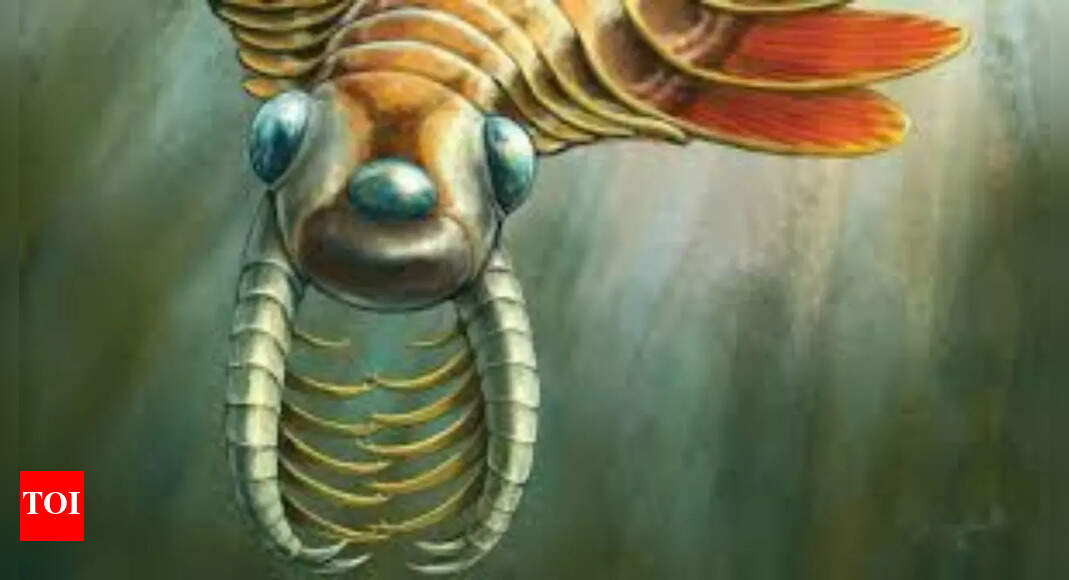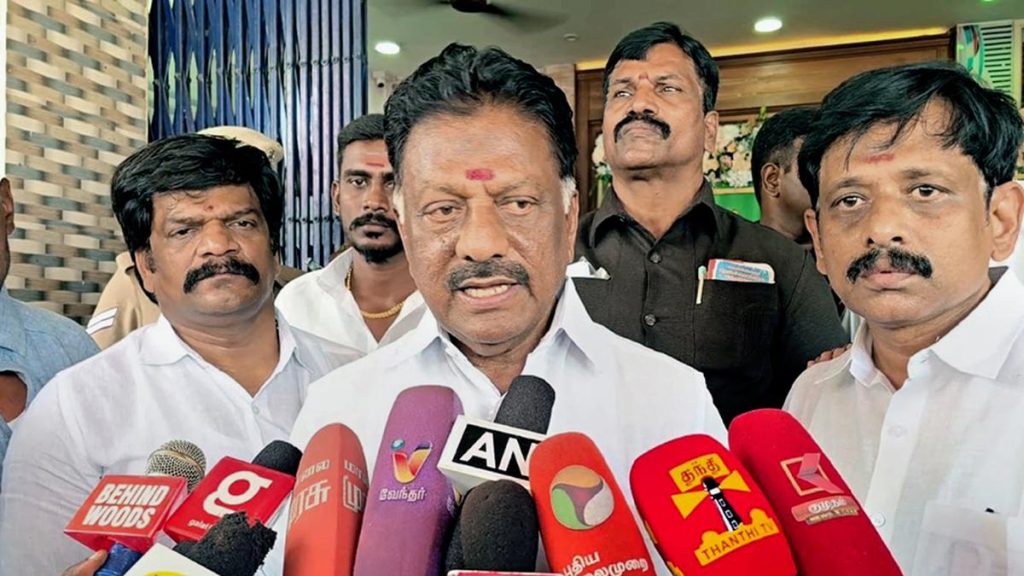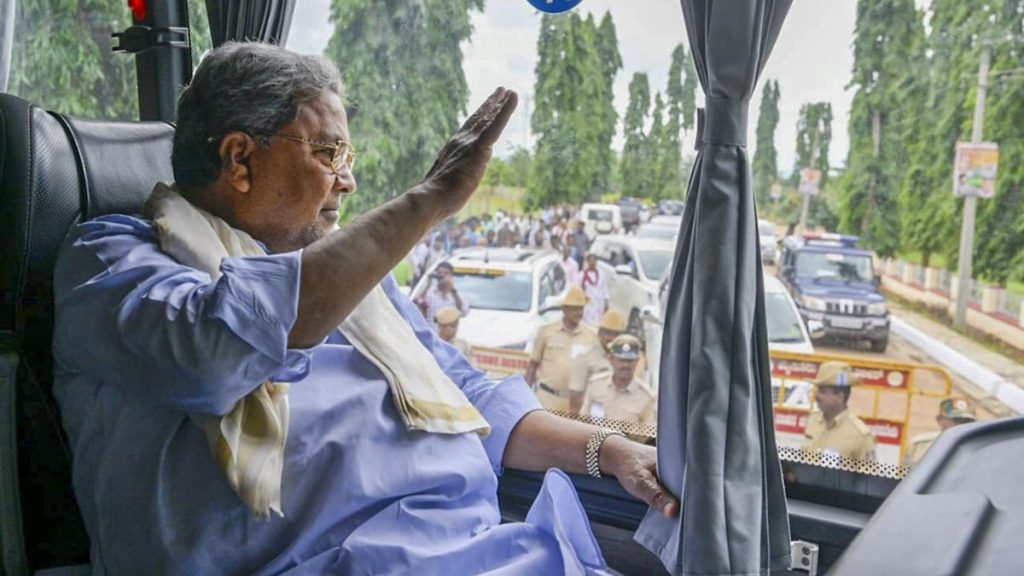Now Reading: 500-Million-Year-Old Three-Eyed Predator Unearthed by Paleontologists
-
01
500-Million-Year-Old Three-Eyed Predator Unearthed by Paleontologists
500-Million-Year-Old Three-Eyed Predator Unearthed by Paleontologists

Quick Summary
- Paleontologists discovered Mosura fentoni, a three-eyed predator from over 500 million years ago.
- Nicknamed the “sea moth” due to its moth-like body, Mosura sheds light on early arthropod evolution during the Cambrian Era.
- Mosura was part of radiodonts, an ancient lineage that contributed to modern insects, spiders, and crustaceans.
- Features included 16 segmented body parts resembling respiratory structures in horseshoe crabs and woodlice and a third eye for environmental navigation.
- Mosura likely preyed on smaller arthropods but may have fallen victim to larger predators of its era like Anomalocaris canadensis.
- Fossil finds from Burgess Shale preserved soft tissue impressions revealing circulatory, digestive, and nervous system details.
- Over 60 fossil specimens collected between 1975-2022 from Burgess Shale offer insights into early arthropod anatomy and ecosystem roles during the Cambrian Explosion.
Image Source: New York Times
!mosura fentoni fossil
Indian Opinion Analysis
The discovery of Mosura fentoni holds tremendous significance for paleontology by advancing our understanding of evolutionary biology and early ecosystems that flourished during the Cambrian Explosion-a cornerstone period in Earth’s biological history. The detailed preservation of fossils in Canada’s Burgess Shale provides rare insights into soft tissues such as nerves or circulatory systems, helping bridge gaps between extinct species like radiodonts and their modern descendants (e.g., insects).Scientists studying evolutionary convergence could apply these findings to trace similar anatomical developments across unrelated species.For India specifically-where biodiversity is immense-such studies emphasize why conserving existing ecosystems matters because they act as living snapshots contributing toward broader scientific understanding about life’s adaptability over millions of years. Additionally, interdisciplinary initiatives pairing Indian researchers with global paleontologists could further investigate comparable prehistoric treasures within India’s geological landscape (like Vindhyan rock formations), boosting national contributions to evolution science.Read More
























